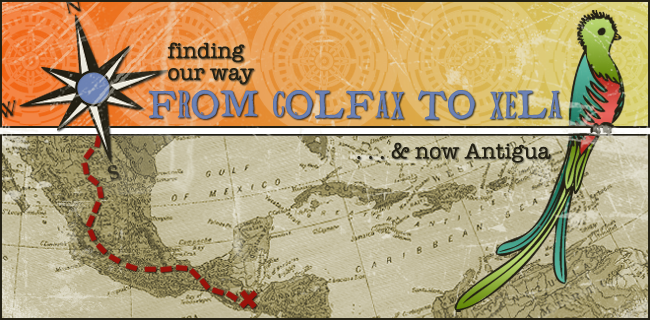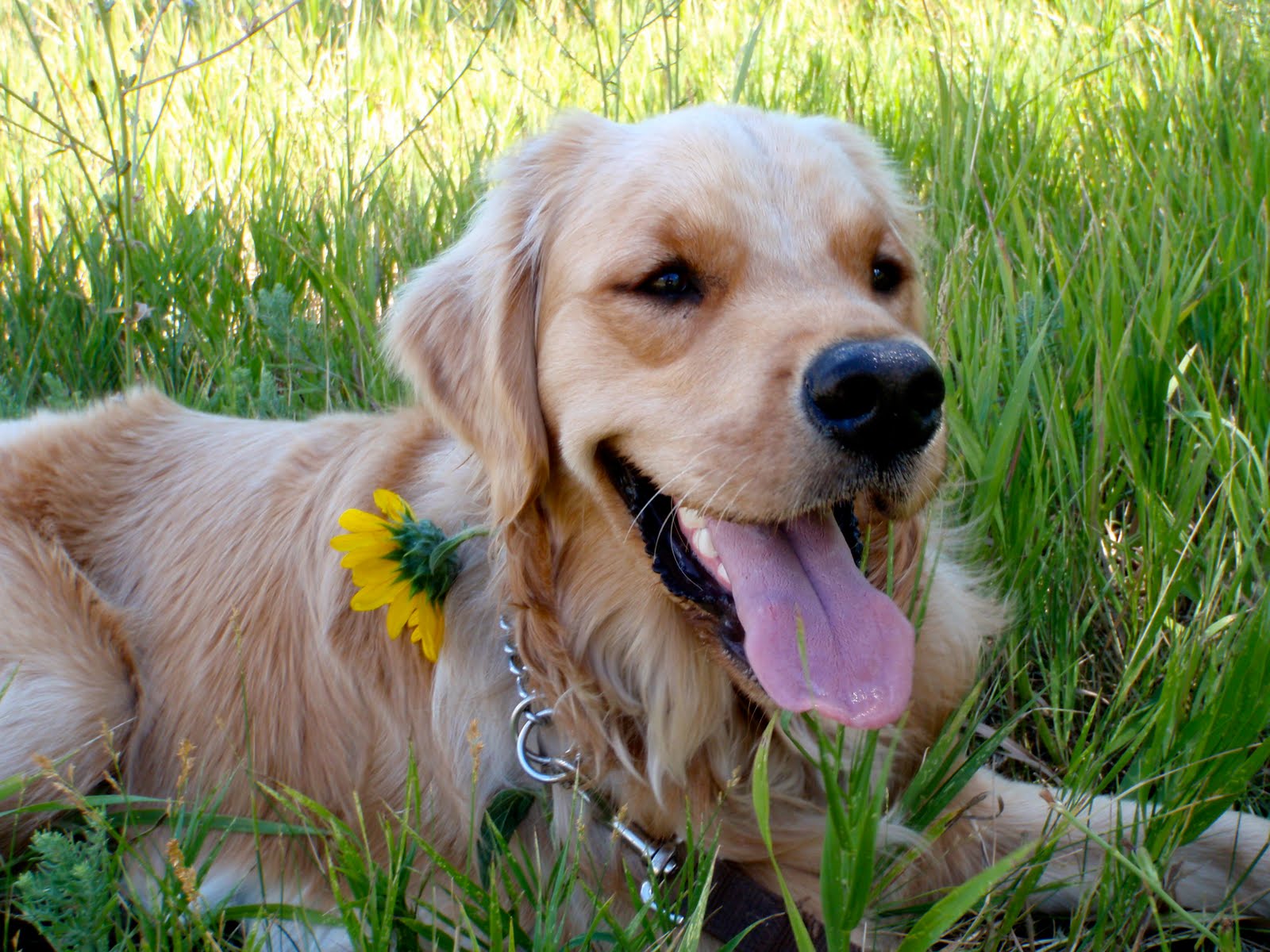The final destination of the lake adventure with the Lengacher 3 was to the always delightful, super clean village of San Juan La Laguna. (Check out their great little website right here.)
Like I think I may have mentioned in previous posts, in recent years San Juan's claim to fame is being cleanest town on the lake, and rightfully so. In comparison to surrounding villages where trash is often srewn about on the streets and trash cans are hard to come by, there is not a single stray piece of trash anywhere and garbage cans line the streets. But aside from it's cleanliness, San Juan is also decorated with hand painted murals dipicting the locals' feelings about environmental and cultural issues. Whether it's the still life or the real life, I always seem to find some inspirational images when I visit San Juan. Below are a couple from this visit.
Whether it's the still life or the real life, I always seem to find some inspirational images when I visit San Juan. Below are a couple from this visit. Our first stop was a quick trip to one of San Juan's best naturally dyed textile shops.
Our first stop was a quick trip to one of San Juan's best naturally dyed textile shops. 
Oh, how I heart those soft shades of blue and green....

...and I heart this guy too for being a good sport about all the browsing and shopping!

Yes, all 5 of us squeezed in there. Just like we did when the
Finotti's came to town too!
 WARNING: You are about to encouter some educational information about coffee processing. Keep this in mind the next time you are sipping down your grande, no foam, extra hot, double shot, skinny latte!
WARNING: You are about to encouter some educational information about coffee processing. Keep this in mind the next time you are sipping down your grande, no foam, extra hot, double shot, skinny latte!
 Cooperative La Voz Que Clama en el Desierto (The Voice that Cries Out in the Desert) was founded in 1979 and now consists of 140 members. With the extra revenue they have earned from participating in fair trade, they have been able to improve the quality of their coffee as well as provide credit, training and education in their communities. Click here for more specifics.
Cooperative La Voz Que Clama en el Desierto (The Voice that Cries Out in the Desert) was founded in 1979 and now consists of 140 members. With the extra revenue they have earned from participating in fair trade, they have been able to improve the quality of their coffee as well as provide credit, training and education in their communities. Click here for more specifics.
 This being my second or third or even forth coffee processing tour (I lost count after this painful explantion), I feel like I've got it down by now. I've tried to simplify the explantion while caputuring all the steps involved in getting you your cup of joe. Hope you learn something!
This being my second or third or even forth coffee processing tour (I lost count after this painful explantion), I feel like I've got it down by now. I've tried to simplify the explantion while caputuring all the steps involved in getting you your cup of joe. Hope you learn something!
First things first. Did you know this is what coffee looks like when it ready for picking? The red berries are the ripe ones. They have a sweet sugary taste if you suck on them. Coffee picking season runs from December through March and the coffee ripens at different times, so farmers have to make several passes through their crop. And for those of you who were wondering, coffee grows on a tree - not a bush. It's a shortish tree that generally grows in the shade of another taller tree.
 So then you must be wondering how those shiny red berries get sorted out from the greenies that still need some time to ripen? Easy. It happens in this water filled trough. The mature berries sink to the bottom and are funneled out and the other float to the to top where they are separated and placed in a holding tank where they wait a while longer for their turn.
So then you must be wondering how those shiny red berries get sorted out from the greenies that still need some time to ripen? Easy. It happens in this water filled trough. The mature berries sink to the bottom and are funneled out and the other float to the to top where they are separated and placed in a holding tank where they wait a while longer for their turn.
 A coffee bean has several layers of pulp that need to be removed before arriving at the final bean. The outer one is removed in this machine.
A coffee bean has several layers of pulp that need to be removed before arriving at the final bean. The outer one is removed in this machine.
 There are 3 levels of coffee. Only the very top are exported. The lesser remain here in Guateamala and are turned into lower quality coffee (like the instant kind). After the first layer is removed, the depulped coffee then is seperated into these troughs with the good stuff going into the 2 tanks on the right and the other stuff further down on the left.
There are 3 levels of coffee. Only the very top are exported. The lesser remain here in Guateamala and are turned into lower quality coffee (like the instant kind). After the first layer is removed, the depulped coffee then is seperated into these troughs with the good stuff going into the 2 tanks on the right and the other stuff further down on the left.
 From there a constant flow of water moves the coffee bean around these long narrow troughs, and washes it during the process.
From there a constant flow of water moves the coffee bean around these long narrow troughs, and washes it during the process.
 Finally it is ready to be spread out to dry.
Finally it is ready to be spread out to dry.
 After a couple of days in the sun it is bagged....
After a couple of days in the sun it is bagged....
 ....and stored in a cool, dry place.
....and stored in a cool, dry place.
 At this stage of the game, most farms here in Guatemala end up exporting the beans untoasted. Unfortunately they are not nearly as valuable this way and the money ends up being made by whomever purchases and toasts them. Sometimes coffee farms have a connection that offers them a slightly better "fair trade" price, but many times it's not so. It's so sad that even though the majority of the hard work is done here, but the export price isn't fair, just because they are missing 1 step. It's always the dream of a co-op like this one to one day have enough funds to purchase their own toaster so that they can export the final product and reap the financial benefits. Many co-ops do at least have a small toaster like this one so that they can share and sell small quantities of their finished product.
At this stage of the game, most farms here in Guatemala end up exporting the beans untoasted. Unfortunately they are not nearly as valuable this way and the money ends up being made by whomever purchases and toasts them. Sometimes coffee farms have a connection that offers them a slightly better "fair trade" price, but many times it's not so. It's so sad that even though the majority of the hard work is done here, but the export price isn't fair, just because they are missing 1 step. It's always the dream of a co-op like this one to one day have enough funds to purchase their own toaster so that they can export the final product and reap the financial benefits. Many co-ops do at least have a small toaster like this one so that they can share and sell small quantities of their finished product.  Here's what it looks like all packaged up, ready to be sold. The trays in front display the coffee berry/bean at it's various stages.
Here's what it looks like all packaged up, ready to be sold. The trays in front display the coffee berry/bean at it's various stages.
 And finally, my cup of joe! (I was really tired and drank almost all of it before remember to take a photo, but I swear there was a little bit left in the bottom of my mug!)
And finally, my cup of joe! (I was really tired and drank almost all of it before remember to take a photo, but I swear there was a little bit left in the bottom of my mug!)
 What do you think? Did you learn something new? We were once told that what begins as 100 lbs. of red berries end up being only 18 lbs. of drinkable coffee. Now if that doesn't make you appreciate your next cup a bit more, I'm not sure what will! As we were departing the coffee farm, Jimmy Blanco pointed out this section of mountains to us. It's known as El Rastro de La Maya. Can you see the face of a Mayan Indian?
What do you think? Did you learn something new? We were once told that what begins as 100 lbs. of red berries end up being only 18 lbs. of drinkable coffee. Now if that doesn't make you appreciate your next cup a bit more, I'm not sure what will! As we were departing the coffee farm, Jimmy Blanco pointed out this section of mountains to us. It's known as El Rastro de La Maya. Can you see the face of a Mayan Indian?

How about now?
 Pretty cool, right?
Pretty cool, right?
Just another reason we heart San Juan.











































































